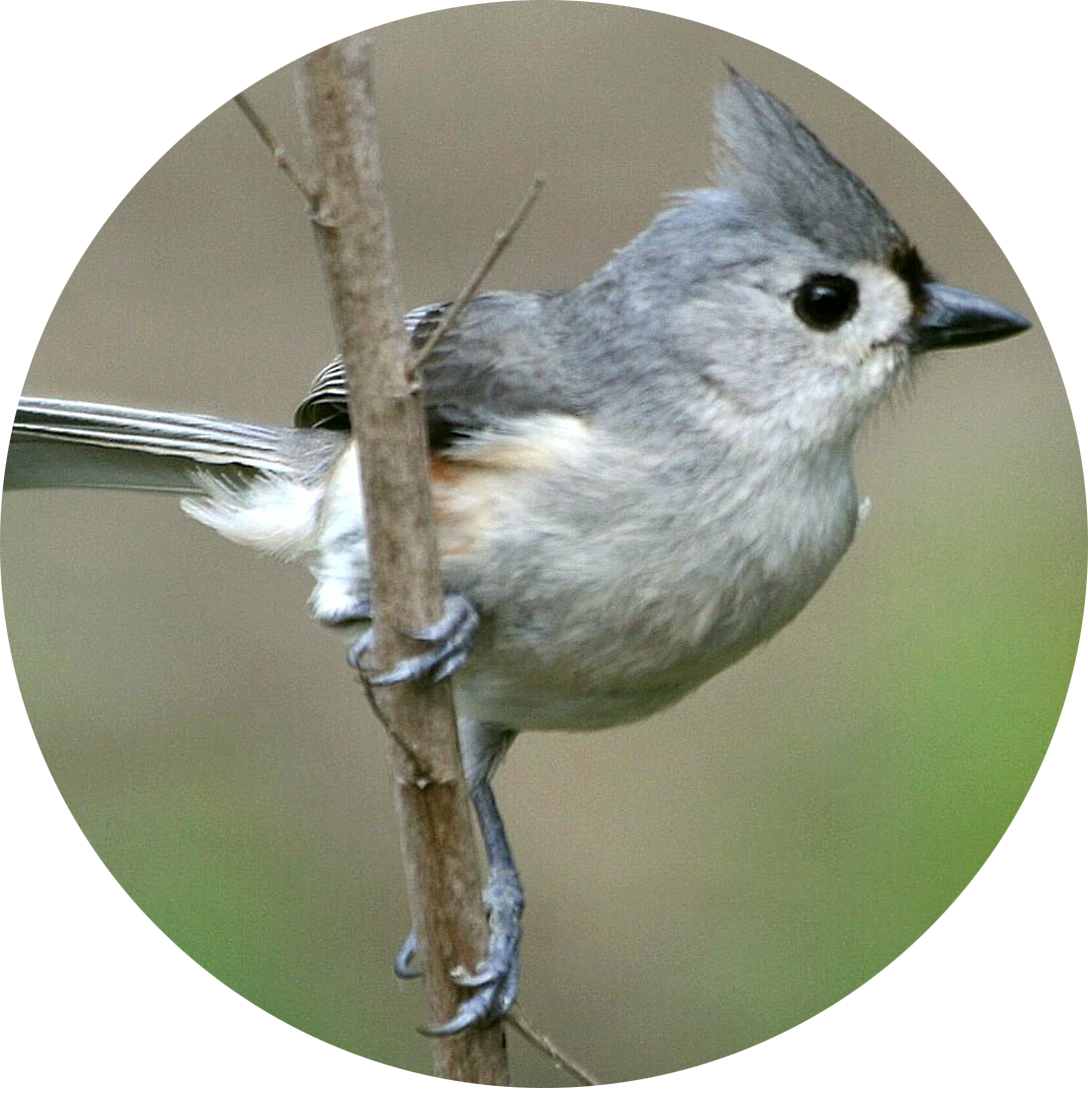Croom Tract Red-cockaded Woodpecker Monitoring
From 1999 through 2023 Hernando Audubon members monitored Red-cockaded Woodpeckers (RCWs) in the Croom Tract of the Withlacoochee State Forest. Red-cockaded Woodpeckers are listed as endangered by the U.S. Fish and Wildlife Service. This species requires old-growth pine forests where nest cavities are excavated in living trees infected with red heart disease, which generally does not occur until the tree is at least 70 years of age. Adults and young work to create new cavity trees throughout the year, as it takes six months to six years to create a suitable cavity. The woodpeckers peck resin wells around the cavity. The resin wells drip sap which helps repel snakes, raccoons, etc., that might eat eggs, chicks, or adults. Red-cockaded Woodpeckers are cooperative breeders that forage, nest, and roost in the same vicinity as a family unit. The non-breeding young, especially the males, stay with the parents to assist in raising chicks in subsequent years. Each member of the family maintains its own active cavity tree, and the breeding female lays her eggs in the breeding male’s cavity tree.
Hernando Audubon volunteers monitored nesting behavior and success. When the chicks left the nest, the volunteers determined the gender of the fledglings by looking for a red patch on the crown, which only male chicks have. They also recorded how many of the chicks had fledged, and how many survived their first weeks. Since most of the RCWs in the Croom Tract are banded with unique color combinations, the volunteers could use spotting scopes to distinguish males from females and track "marriages" and "divorces" and try to find out where chicks went after leaving their parents' territory. This data contributed to determining RCW population size and trends and the development of better management strategies.
Red-cockaded Woodpecker, Photo by Jen Fouts

